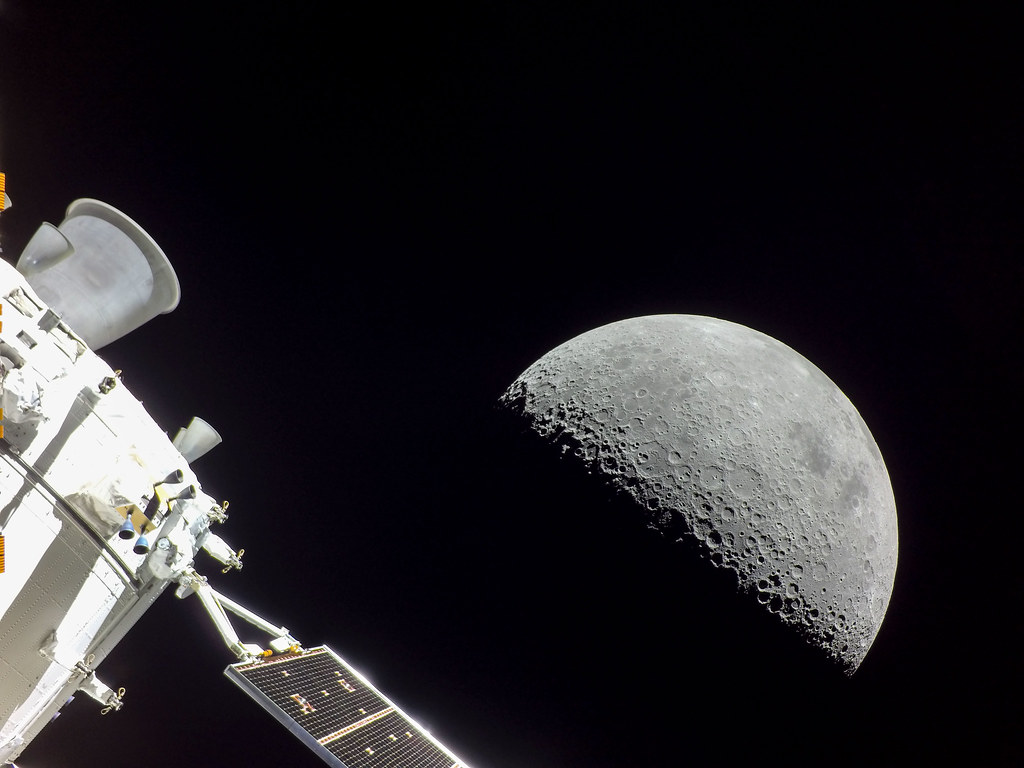
Chandrayaan-3 is India’s ambitious lunar exploration mission, aimed at further advancing the country’s space research and technology capabilities. Building upon the successes of its predecessors, Chandrayaan-1 and Chandrayaan-2, this mission aims to continue India’s exploration of the Moon.
Background: Chandrayaan-1, launched in 2008, marked India’s first venture into lunar exploration. It successfully discovered water molecules on the Moon’s surface and provided valuable data about the lunar environment. Chandrayaan-2, launched in 2019, consisted of an orbiter, a lander named Vikram, and a rover named Pragyan. While the orbiter continues to send back valuable scientific data, the Vikram lander unfortunately crash-landed on the Moon’s surface.
Objectives: Chandrayaan-3’s primary objectives include achieving a successful soft landing on the Moon’s surface and deploying a rover to explore the lunar terrain. This mission aims to demonstrate India’s prowess in precision landing technology and conduct scientific investigations to enhance our understanding of the Moon’s geology, mineral composition, and surface characteristics.
Mission Components:
- Lander: The Chandrayaan-3 lander is designed to safely land on the lunar surface. It will carry scientific instruments to gather data and perform experiments on the Moon.
- Rover: The mission’s rover, similar to the one planned for Chandrayaan-2, will be equipped with instruments to analyze the Moon’s surface, study its composition, and send data back to Earth.
- Orbiter: Although Chandrayaan-3’s primary focus is the lander and rover, it could potentially include an orbiter component to facilitate communication between the lander/rover and Earth.
Technological Challenges: Achieving a successful soft landing on the Moon is a complex endeavor. Chandrayaan-3 will need to overcome challenges related to navigation, descent, and landing, especially after the lessons learned from the Vikram lander’s unsuccessful landing during Chandrayaan-2.
International Collaboration: India has a history of collaborating with international space agencies and partners. Chandrayaan-3 might involve collaborative efforts, such as sharing scientific instruments, data, and expertise, to enhance the mission’s scientific outcomes.
Conclusion: Chandrayaan-3 represents India’s continued commitment to space exploration and technological advancement. The mission holds the promise of expanding our understanding of the Moon and its resources, contributing to global space research efforts, and showcasing India’s growing capabilities in the field of lunar exploration.
Also Read- Emerging Technologies Shaping Higher Education: Trends to Watch Out For


